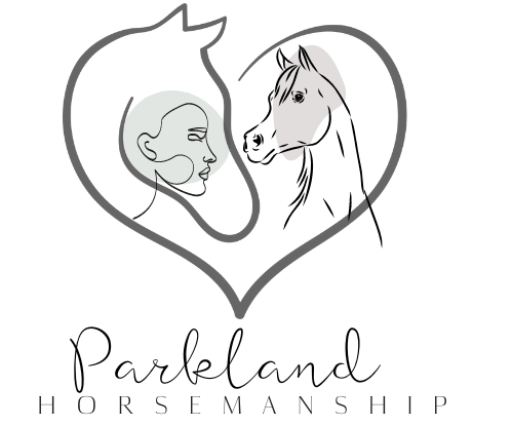Training horses may seem intimidating to new adult riders, but that doesn’t have to be the case! With proper guidance, horse training doesn’t need to be daunting!
How the horse was taught and handled can have a dramatic impact on his ability to learn under saddle.
Clinton Anderson shows how to teach horses to respond to invisible cues from riders and overcome common mistakes such as pawing.
Groundwork
Groundwork is the first step of horse training, consisting of teaching basic obedience commands on the ground to your animal. This step teaches them trust for humans while respecting their space.
Horses are prey animals, and are wired to react to any perceived threat with flight or fight instincts. Unfortunately, this instinctive response can become dangerous if not trained correctly to ignore stimuli and respond instead to its handler.
For horses to truly learn something, training sessions must be repeated until their behavior becomes habitual. For instance, when teaching your horse not to enter your personal space, training must occur consistently and in an identical fashion each time. Many people fail to appreciate this concept and think one week here or there will suffice; for optimal results it is necessary to schedule daily sessions over an extended period.
Reining
Reining is designed to teach horses to move their hindquarters in the direction of your choice, using pressure and applying it consistently until your horse responds correctly. To do this, pressure must be used, applied consistently until he responds appropriately.
Understanding how horses think is key for effective training. A horse that feels threatened may enter its fight or flight response and this can be dangerous to both human and horse. Recognizing what triggers aggressive behavior like rearing is also vital.
For horses to learn, they must understand your requests and respond correctly, with rewards given based on how quickly and correctly they do so. This process takes time, so new skills must be practiced regularly until they become habit. For instance, when your horse starts rearing suddenly it should be corrected immediately as this could become dangerous for both of you if left unchecked; positive punishment such as kicking may help curb this behavior while negative punishment such as taking something away can help discourage bad behaviors from returning.
Jumping
No matter whether your goal is to train a horse for jumps or simply ride one for pleasure, understanding horses is crucial. How you train and handle them will have an effect on their basic respect for humans as well as how they react under stress or learn new skills.
Beginners should start their horse training journey by practicing groundwork or in-hand training, which entails teaching their horse how to be haltered, led, yield to pressure on the bit, flex their neck, move around on a lead line without backing up, back up or standing still on demand – skills which will take some time until they become routine habits.
Experienced riders and humans will help a horse adapt more readily to learning new skills such as jumping. Recognizing how a horse reacts to stimuli is key as is understanding their natural defense mechanisms (flight, fight or freeze). Horses are sensitive animals who notice any differences in cues given.
Dressage
An enormous task for any beginner rider is transitioning their horse from haltering and groundwork through training to riding it under saddle, and any missteps during that process could have lasting repercussions for their attitude towards working with horses in future years.
Beginners in any discipline should use their hands only sparingly; their contact with the horse’s mouth makes their hands even more sensitive than most may realize.
Beginners to horseback riding often face the task of training their horses to trust them. To accomplish this goal, daily programs should help train horses to listen and respond to voice, hand and leg cues from beginner trainers. In order to avoid frightening or aggressive behavior from horses, trainers need an in-depth knowledge of herd social order, stallion sexual behavior and mare and foal relationships in order to prevent the horse going into flight, fight or freeze mode and focus instead on teaching desired tasks to them.

